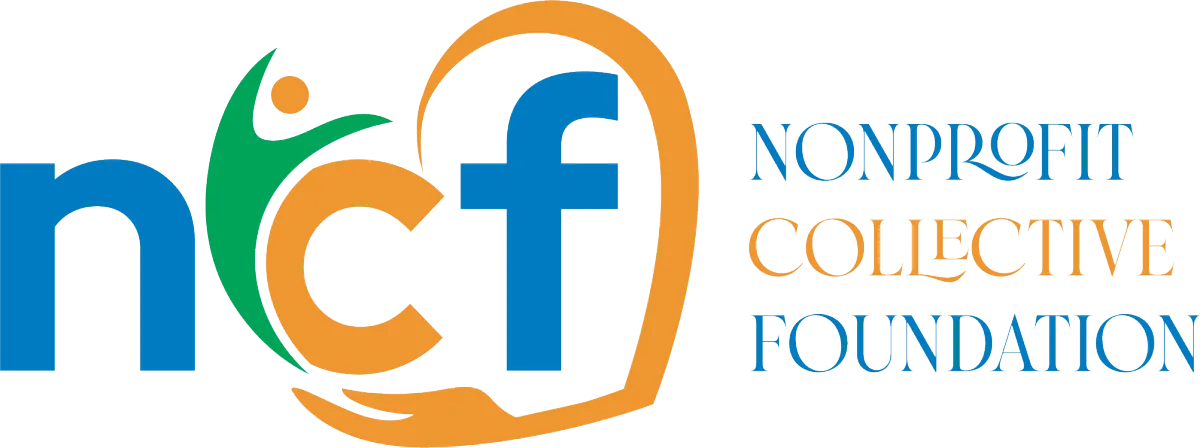ImpactTogether: Nonprofit Collaboration Network
Together, we go further, building stronger communities through collaboration.
Program Overview
Nonprofits today face increasing community needs but limited resources. Many organizations share similar missions and audiences yet operate in silos, duplicating efforts and missing opportunities for greater collective impact.
ImpactTogether was created to bridge those gaps. It is a collaboration network that unites nonprofits with complementary missions to work strategically, share resources, and strengthen each other’s capacity. By connecting organizations under one framework, we amplify their reach, attract new funding opportunities, and accelerate measurable community change.
To make collaboration tangible and local, ImpactTogether will organize community zones, bringing nonprofits within the same area together to build relationships and co-design initiatives. These zone meetups will serve as incubators for shared events, programs, and fundraisers that connect missions and communities.
Vision
A thriving ecosystem where nonprofits collaborate seamlessly to achieve greater impact together than they could alone.
Mission
To connect, equip, and empower nonprofits to share resources, knowledge, and opportunities. Strengthening collective capacity and amplifying community change.
Program Goals
Program Structure
ImpactTogether operates through local zones, neighborhood or regional clusters of nonprofits that meet, plan, and collaborate on shared initiatives.
Host Organization
A lead nonprofit or coalition manages the administration, funding, and facilitation of the ImpactTogether network. This organization ensures that collaboration stays organized and fair, coordinating meetings, collecting data, and supporting local “zone” leads.
Example: A city-wide nonprofit coalition might act as the host for a pilot zone, bringing together neighborhood organizations to plan shared programs.
Member Organizations
These are the nonprofits that join the network, either with missions similar to one another (e.g., youth services) or complementary (e.g., food security and health). Members agree to collaborate under shared values of equity, trust, and transparency.
Example collaborations:
- A youth mentoring program and a local food pantry co-host a “Healthy Futures Fair” for teens.
- An environmental nonprofit and a community arts group launch a “Clean & Create” day, combining cleanup and public art.
Advisory Council
A group of experts from philanthropy, business, and government sectors who provide strategic guidance, visibility, and funding connections. They help shape zone priorities, connect members with sponsors or partners, and ensure accountability and sustainability.
Example: A foundation director on the council might match local collaborations with relevant grant opportunities.
Working Groups
Small, thematic teams within each zone , for example, Education, Environment, Health, or Housing. These groups co-design joint programs, events, or advocacy efforts based on shared goals.
Example: Within one zone, the “Health & Wellness” working group might run a community fitness day or create a shared volunteer training series.
Collaboration Platform
An online hub that connects everyone in the network. It allows nonprofits to:
- Post collaboration opportunities
- Share event calendars
- Access shared tools and resources (templates, funding alerts, etc.)
Each zone will also have its own section on the platform to coordinate local events and communications.
Example: The “North Zone” hub could list upcoming meetups, shared equipment available, and fundraisers co-hosted by member nonprofits.
Zone-Based Collaboration Model
Impact Together operates through community zones, neighborhoods, or regional clusters of nonprofits that meet regularly to share ideas, resources, and opportunities. Zones help make collaboration personal and accessible by focusing on local relationships first, then connecting them across regions through the broader network.


